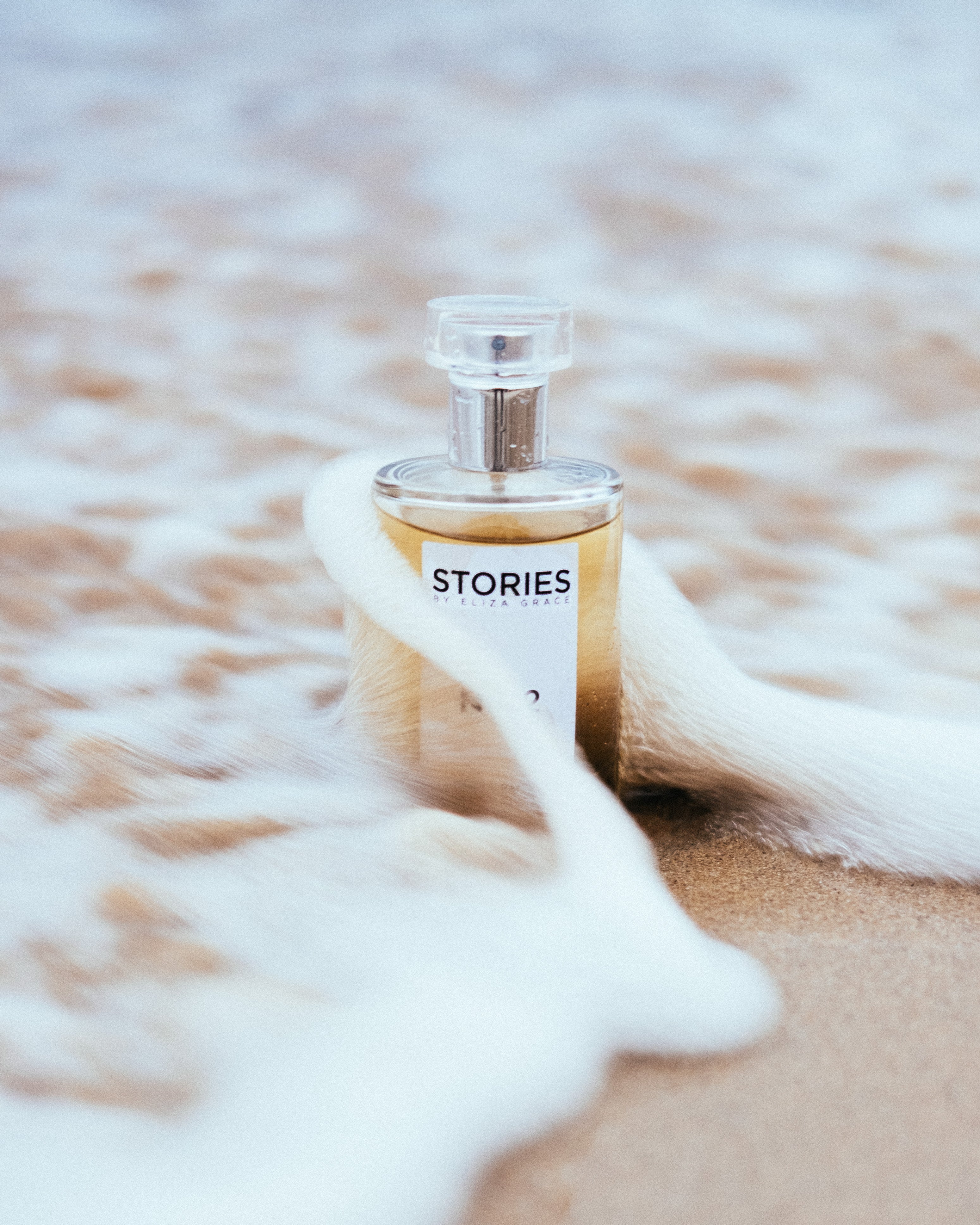Let's Talk About Scent, Baby
What scents make you emotional?
My eldest son has been in a hurry since birth. He arrived two days early, mid nail-varnish removal and my husband barely had time to scent my facecloth with lavender before his screams rang out (son’s, not husband’s). Every time I rub acetone on my fingernails I think of my naïve, pre-child self who thought she would give birth with beautifully manicured talons.
Those first few months passed in a haze of sleep deprivation and profound joy, all laced with the scent of tea-tree oil. Why? Because in the spirit of I-can-do-it-all I decided to do my bit for the environment and use cloth nappies. The bucket in which I stored these nappies was doused with tea-tree oil.
The Proust Phenomenon
These acetone-lavender-tea-tree oil scented memories will stay with me for a long time, apparently. It’s called The Proust Phenomenon, based on a section in Marcel Proust’s novel, Swann’s Way, written in 1928. In the scene, the smell of a madeleine biscuit dipped in Linden Tea triggers a childhood memory which in turn brings intense joy. We now refer to this experience as the basis for the hypothesis that memories linked to our olfactory system are more emotional than memories connected to our other senses.
This information is helpful when it comes to tailoring the environments in which we live and work. We give a lot of thought to the décor of our homes and places of work. Colour cards depict October Mist, Skimming Stone, Lichen Green, Warm Graphite and Misty Mountain. These are colours designed to make us feel something. We can read about the Feng Shui of a room or devote our attention to a minimalist style. These are all ways of managing our space to support our emotional needs.
What about the smell of a place?
There are companies dedicated to the provision of a scent-sual shop environment in a bid to boost sales. They use fragrance to build a brand identity or to create a pleasant atmosphere in which customers are happier to part with their cash.
On a more personal level, how can we use scent to forge better connections with our past, present and future? It starts with paying attention to the smells that make you feel something. What scents do you get emotional about? Does a wood fire make you feel grounded? Does the smell of cut grass fill you with child-like enthusiasm? What about the less commonplace smells that are specific to you? If you were to draw a scent map of your life, what would it look like? What is your equivalent of a tea-tree oil-scented nappy bin?
My current facewash contains tea-tree oil. Every evening when I’m cleansing my skin of the dirt of the day, I think of my son. He is now seven and far from the fresh-faced newborn who rushed into the world. I inhale the slightly medicinal scent and feel gratitude for all the tears I have dried and questions I have answered between nappy bins and now. I welcome the emotion associated with that scent and allow it to be a part of my story.
Colour Cards of the Scent World
In the present, how can we use olfactory power to our advantage? The colour cards of the scent world might read something like this: freshly baked cake, living room flowers, workplace perfume break, bath time candlelight, Saturday stroll. Because we cannot see scent, it is harder to market the sense of wellbeing that results from investing time in any of the above. However, all of us can attest to the positive feelings connected to the smell of a cake that has just come out of the oven.
We need to integrate fragrance into our day as a way of staying connected to ourselves and the things that bring us joy. The Eau de Parfums designed by STORIES Parfums, Tonya Kidd-Beggs, are stories about fragrance, told by fragrance. They are a testament to the significance of fragrance in Tonya’s life and seek to inspire wearers to connect with their own story. So, let’s talk about scent, baby. How can you harness some olfactory power this week?



Leave a comment
This site is protected by hCaptcha and the hCaptcha Privacy Policy and Terms of Service apply.